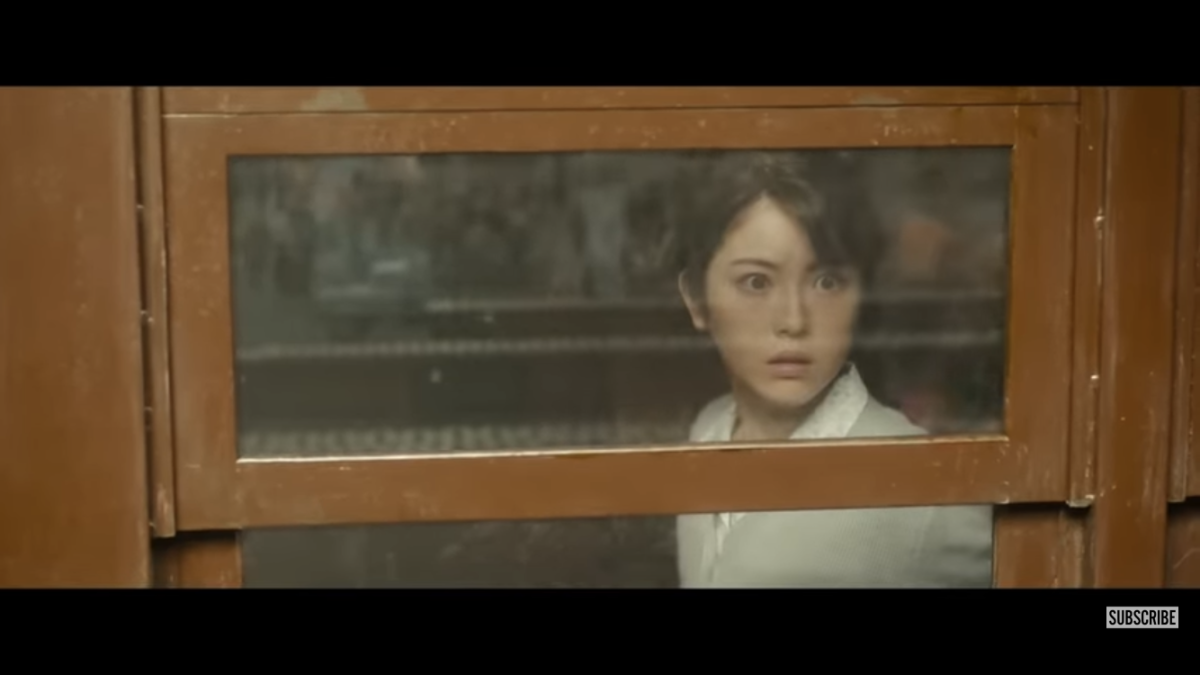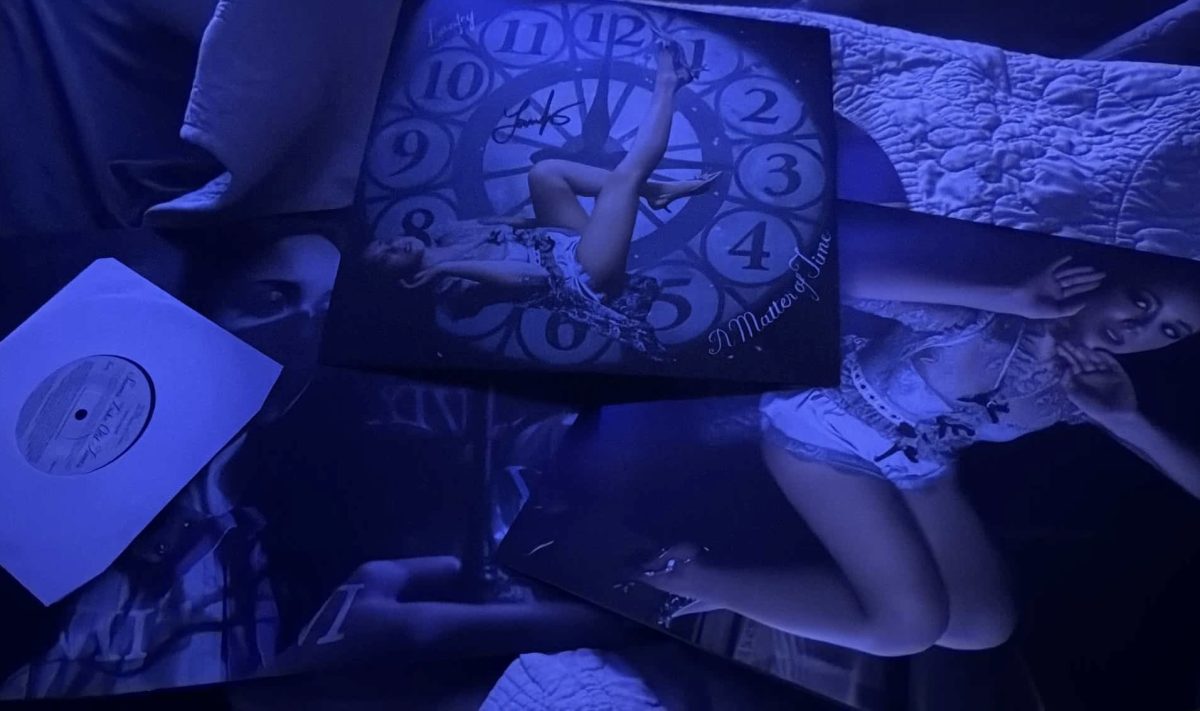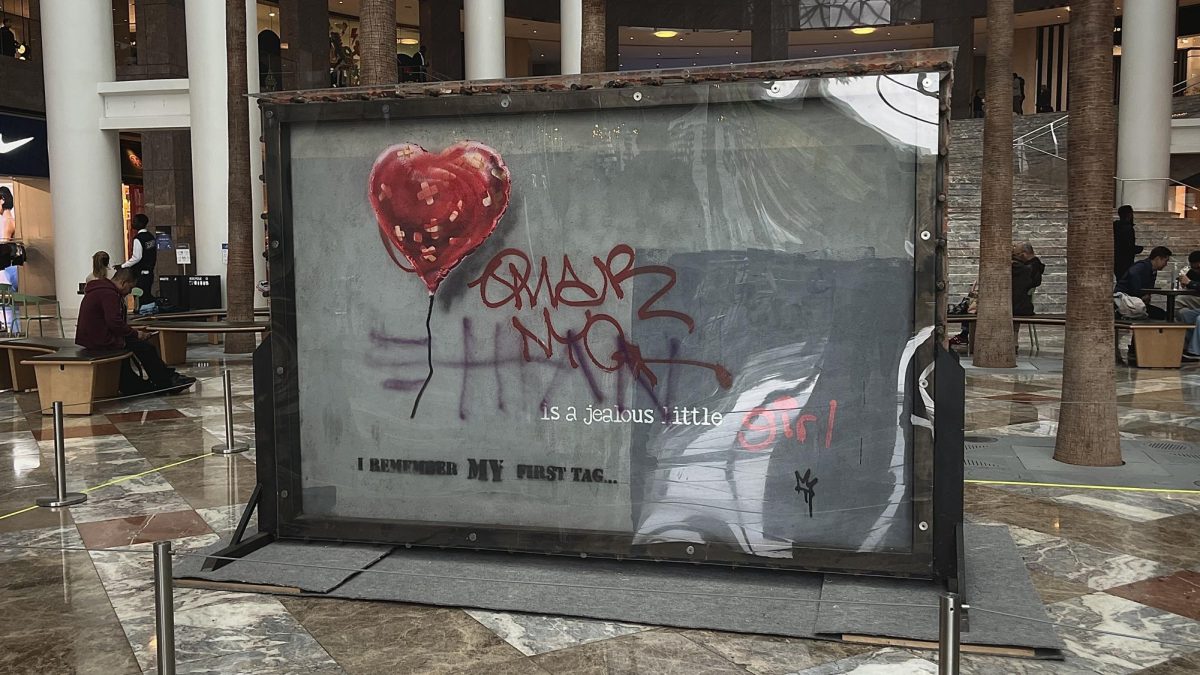Director Takashi Yamazaki’s “Godzilla: Minus One” is a masterful, profoundly emotional take on the iconic reptilian kaiju. Seventy years after Toho’s release of the original “Godzilla,” Yamazaki revisits Godzilla’s original meaning: not just a monster born from radiation, but one that represents the impending doom of nuclear devastation.
There have been countless depictions of the titular monster, ranging from a light-hearted antihero to having a cyborg counterpart. Recent Legendary Pictures productions like 2019’s “Godzilla: King of the Monsters” and 2021’s “Godzilla vs. Kong” are campy, violent, and so, so American. It’s not to say they’re terrible films; they served their purpose as entertainment, especially when theaters reopened after the pandemic.
In a cinematic landscape saturated with high-action spectacles, ‘Godzilla: Minus One’ distinguishes itself by offering a profound exploration of the human condition amidst the chaos of kaiju devastation. During the movie’s press release, Yamazaki urges, “… it is a film that deserves to be ‘experienced’ rather than ‘watched’… I hope you will experience the most terrifying Godzilla in the best possible environment.”
However, they lose the significance of what Godzilla symbolizes, which is something that “Godzilla: Minus One” corrects.
The film takes place in post-war Japan and centers on this vulnerable period through the eyes of failed kamikaze pilot Kōichi Shikishima, played by Ryunosuke Kamiki. After landing on an outpost island to abandon his military duties, he is forced to watch as Godzilla kills almost everyone because of his inaction. In a ruined Tokyo, Shikishima fights survivor’s guilt for years and fails to connect with fellow survivors Noriko Ōishi and orphaned baby Akiko.
Even when Shikishima finds friendship while working as a minesweeper, he struggles to rebuild a new life until a familiar monster threatens Japan’s mainland.
Given the film’s $15 million budget and some computer-generated imaging inconsistencies, the visual depiction of Godzilla is terrifying and is a remarkable improvement from Toho’s previous installment, “Shin Godzilla.” Naoki Satō’s impressive score combined with Yamakazi’s Spielberg-inspired shots conveys the civilians’ complete dread and helplessness to Godzilla’s attacks. The camera often pans near the ground, giving the audience a front-row perspective of someone trying to escape the creature’s destructive path.
Godzilla acts as an unstoppable force that wreaks havoc on land and lurks in the sea, utterly undeterred by military attacks. As Godzilla heals, grows, and evolves, he becomes a merciless creature that the characters and audience find incomprehensible. Every nuclear blast he unleashes is abrupt and startling and followed by an eerie silence that cements the horrors of its aftermath.
The human perspective that” Minus One” returns to only heightens the suspense, fostering a deep emotional investment. As Godzilla becomes more threatening, the viewers find themselves genuinely caring about whether these characters survive.
Despite revolving around a city-destroying lizard, “Godzilla: Minus One” really speaks on dark human emotions. It’s an engrossing period piece that evokes tears, laughter, and bone-chilling horror.
Although it falters in some character development and includes unnecessary post-movie scenes to set up a sequel, the film remains one of the best releases this year. While it stands out from previous “Godzilla” installments, the plot drives home one commonality: that even if the monster is “neutralized,” he will always remain as something to be feared.








